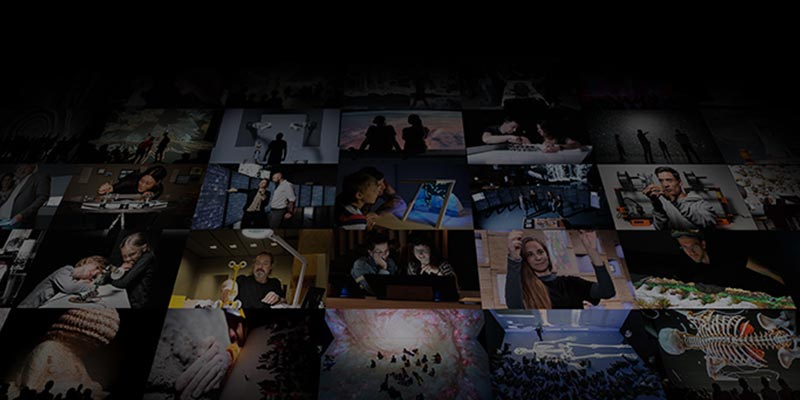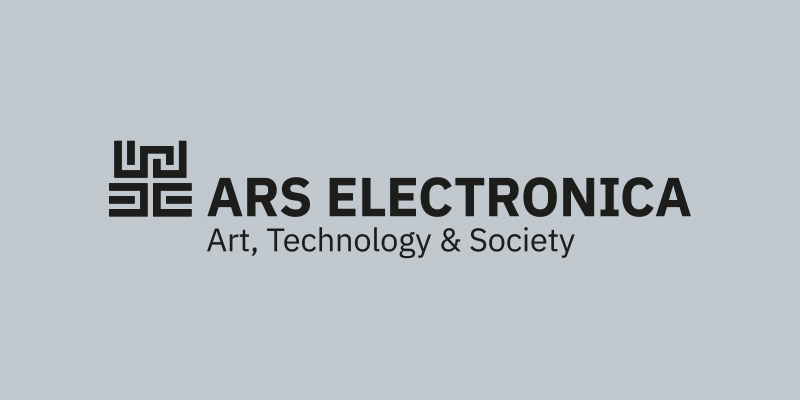Following last year’s brilliant 40-year festival, which brought more artists, exhibitors and international experts to Linz than ever before, this year Ars Electronica is going on a journey, or rather the festival itself is becoming a journey – a journey through “Kepler’s Gardens”, which are not just located in Linz at the JKU Campus but also 120 other locations worldwide.
With locations across the Americas and Europe, Inside Festival takes you to Vilnius, Buenos Aires and Los Angeles in this Home Delivery segment.
The Vilnius Garden unfolds at the new SODAS2123 cultural complex (in Lithuanian SODAS means GARDEN), in downtown Vilnius and online. A few dozen artists, researchers, students and professors perform in the hybrid reality grove that merges the physical with the perspectives of creatures living in and around it: from the artists themselves to microorganisms. The Garden takes the visual and conceptual metaphor of the grove and builds its programme around it. As an assemblage of trees or a smaller unit of forest, a grove is a place where symbiotic communication and relationships take place not only between its indigenous habitants, but also among invasive and migrant species, including human beings and their activities. Every grove has from six to nine layers: the overstory, the canopy, the understory, the shrub layer, the grass, the forest floor (moss and soil) and the underground (mycelial/fungal/roots). Garden Vilnius is inspired by Jussi Parikka’s Insect Media, and manifests as a networked hive or swarm in the grove, where makers, culture, and DIY activities flourish. Multiple viewing modes and angles enable 3 days (and nights) of activities in the “physical grove,“ merged with a virtual grove through live streams and pre-recorded materials. One can experience hybrid reality by following a wandering camera(wo)man, a tree climber, a flying drone, a running or crawling pet (dog, cat, bird, rat) or even branch or herb movement. The artists in the event are expanding the notion of humanity and sustainable living with the help of culturally sited (and rooted) approaches to new media, and its relations to the biological and urban grove.
In Vilnius we will be speaking to Vytautas Michelkevičius (curator-commissionaire of Vilnius Garden, assoc. prof. at Vilnius Academy of Arts), artist Gailė Griciūtė (co-curator of festival ūmėdė) and artist Ignas Pavliukevičius (co-curator of Vilnius Garden and festival ūmėdė).
The UCLA ArtSci Center presents Telluric Vibrations: a festival with an exhibition, workshops and symposium based at the UCLA Mildred E. Mathias Botanical Gardens, and on virtual venues like Mozilla Hubs, Zoom and YouTube. Telluric Vibrations nurtures ideologies both above and below ground. Using the model of a plant growing both upward into the atmosphere and downward into the soil, this festival simultaneously cultivates the Earth and the Ether ―conceptually and physically― grounding technology. This festival is about expansive network ecologies, creating nodes for interaction that bridge gaps between species, technology, and cultures. We are imagining new and novel ways of living and joining together on this unknown planetary journey. The exhibition will feature work by the ArtSci Collective, an intergenerational of current students, recent graduates and renowned practicing artists. Each activity and artwork is generated around the Ecology of Earth and Ether, the “real” and “virtual,” and looks closely at their imbrications. Site specific installations and performances, designed to be presented online using live video and AR, will be showcased at the Botanical Gardens. The garden will not function as a backdrop, but as an integrated, collaborative environment. The symposium, keynote lectures and panels featuring scholars, artists and scientists will extend the network, further fostering diverse education and community.
How could we build an ecosystem for culture growing? The Garden of Curiosity in Buenos Aires is an interactive navigable visualization with the aim of sharing cultural diversity. When navigating through this environment replete with objects, words, sketches and sounds, and by clicking on each one of them, visitors access audiovisual content linked to many especially invited art and science projects. Muntref Arte y Ciencia can be thought of as a diverse ecosystem; a cultural garden that disseminates through vast and multiple flowerbeds. Since 2011, Muntref Arte y Ciencia has been weaving connections not only with people from diverse disciplines, groups of students, different institutions and several technical environments, but also by generating inspirational and empathic relationships in a growing network.
Credit: Victoria Vesna

